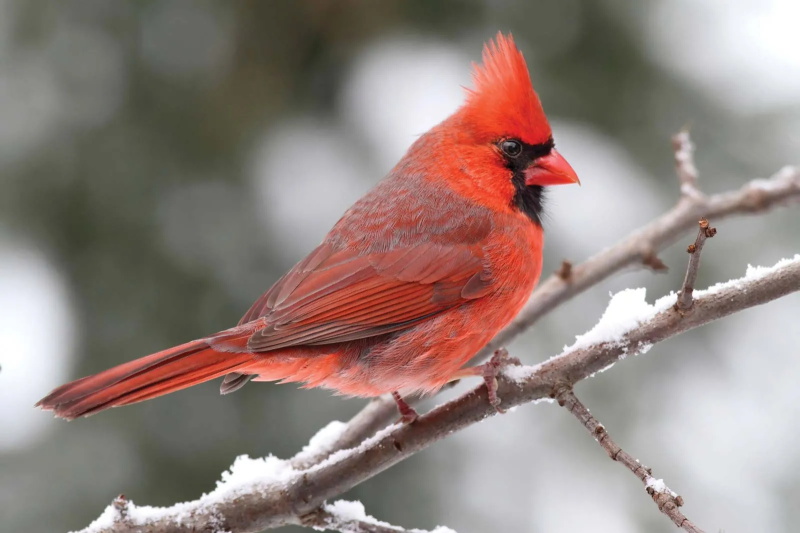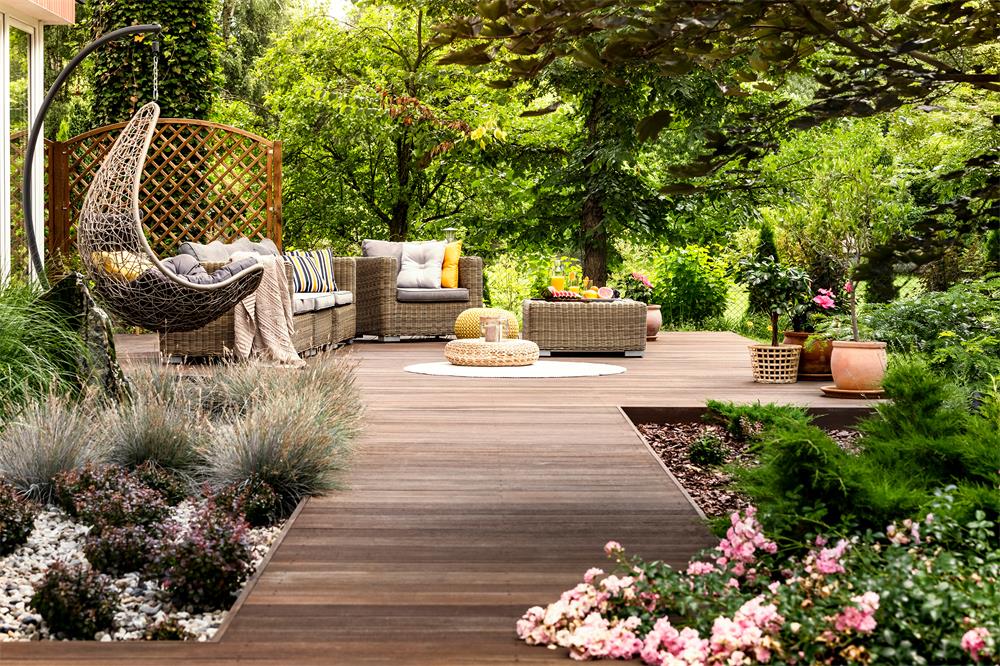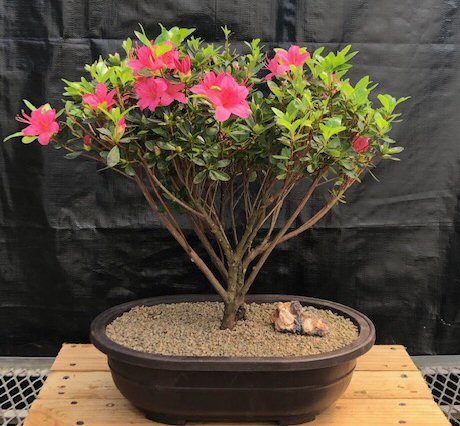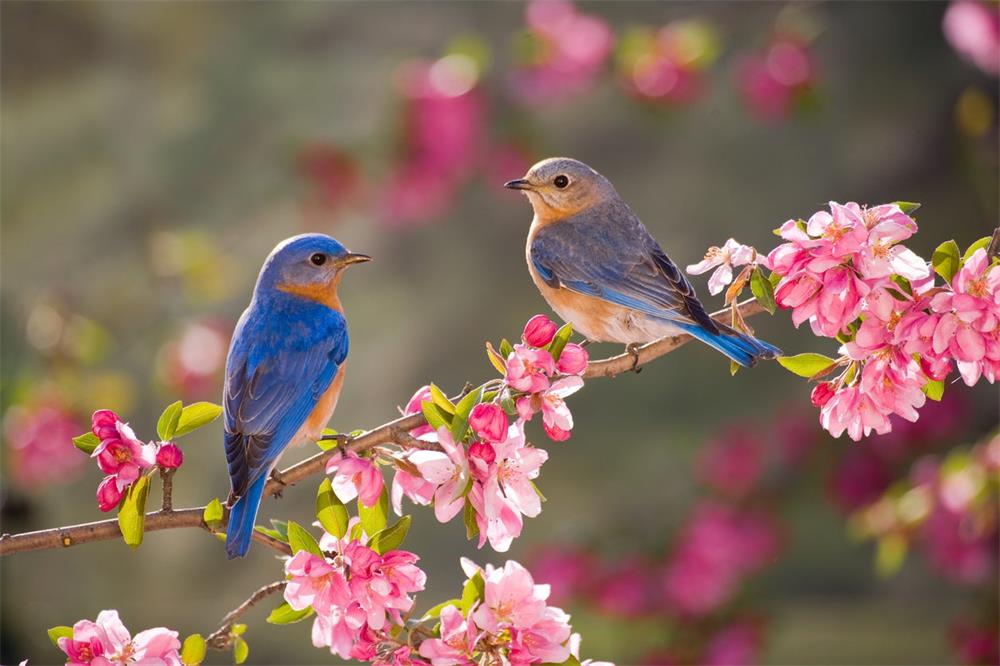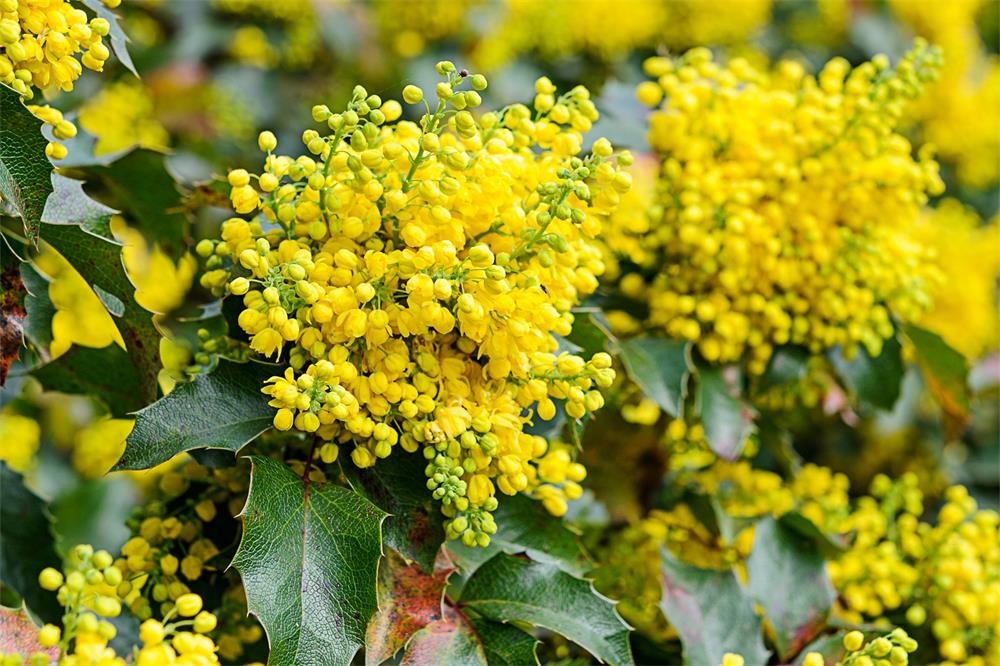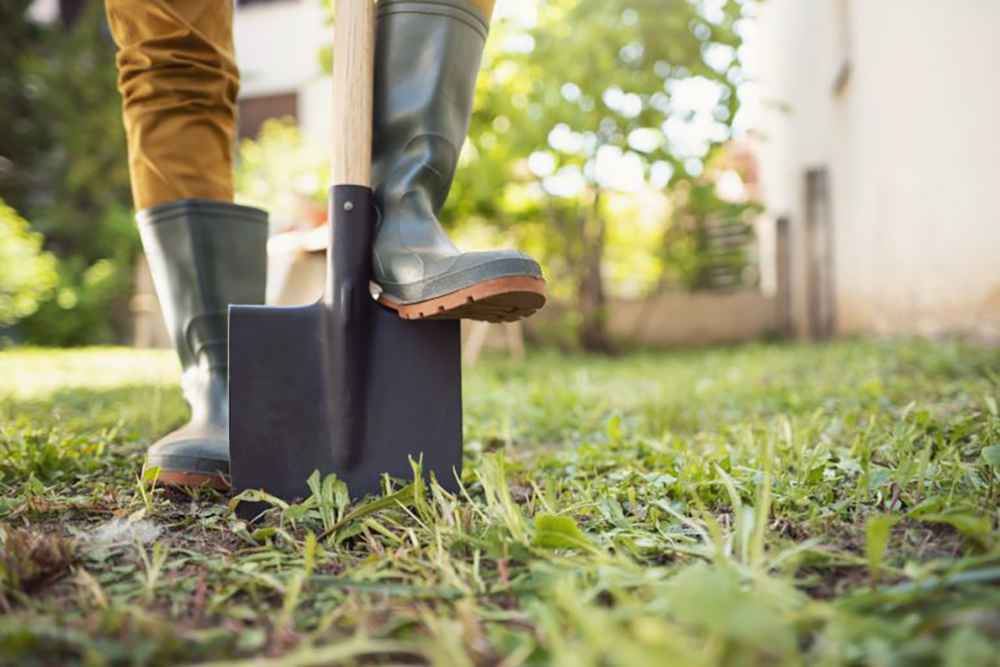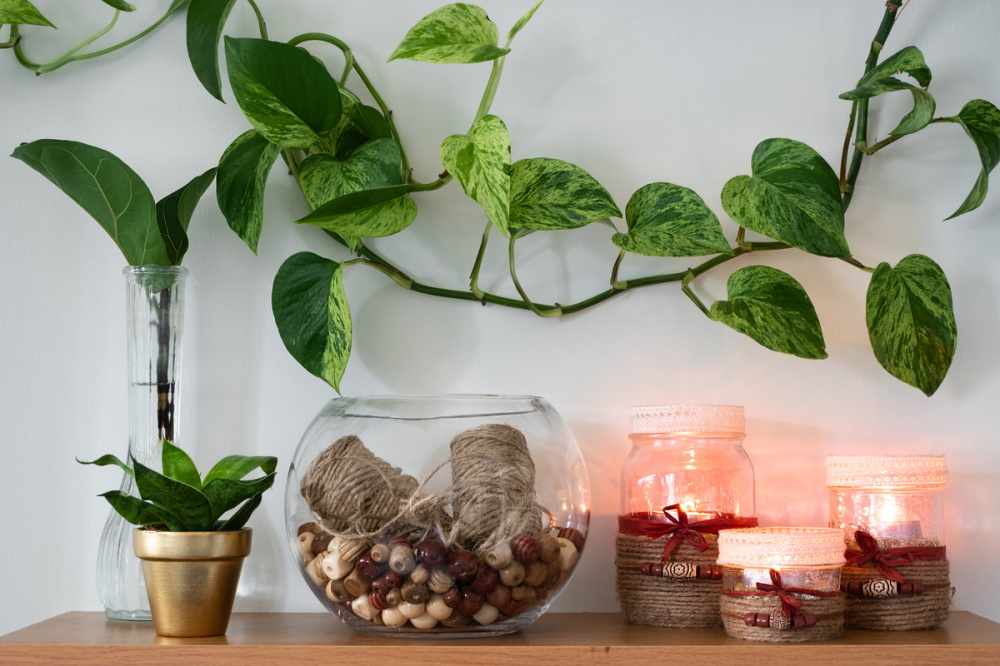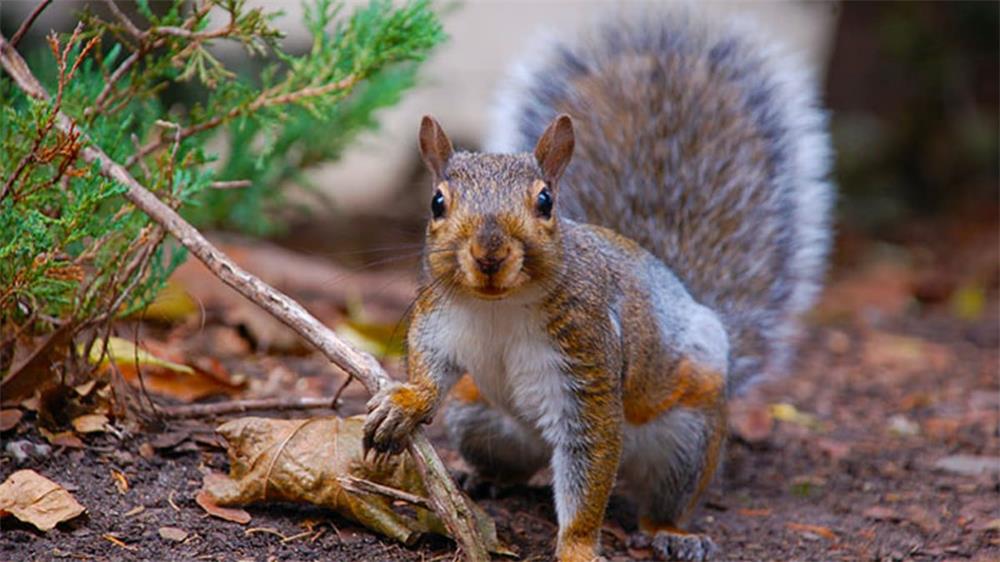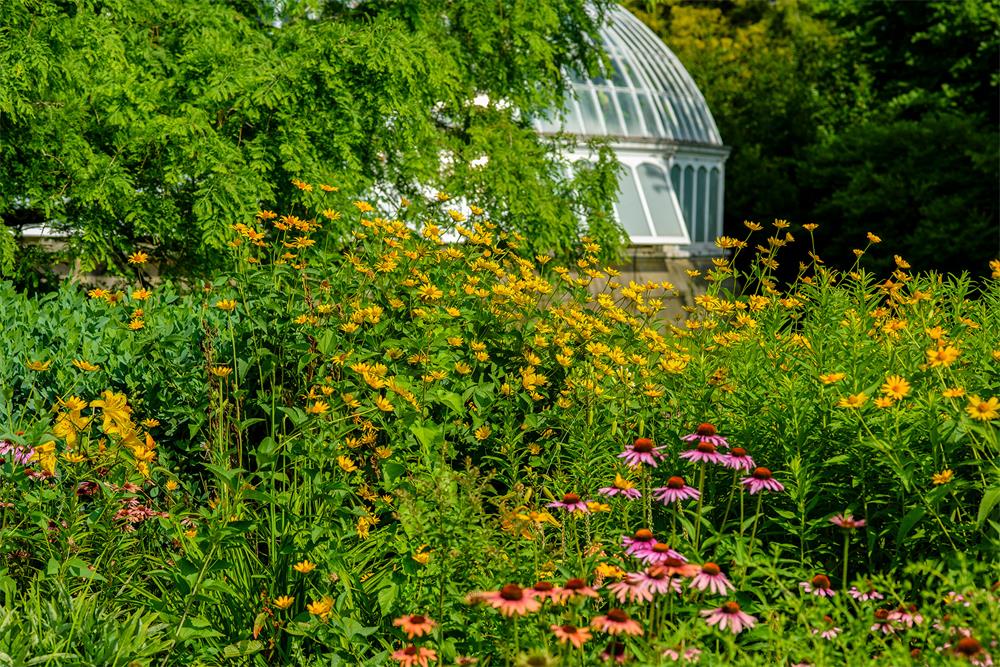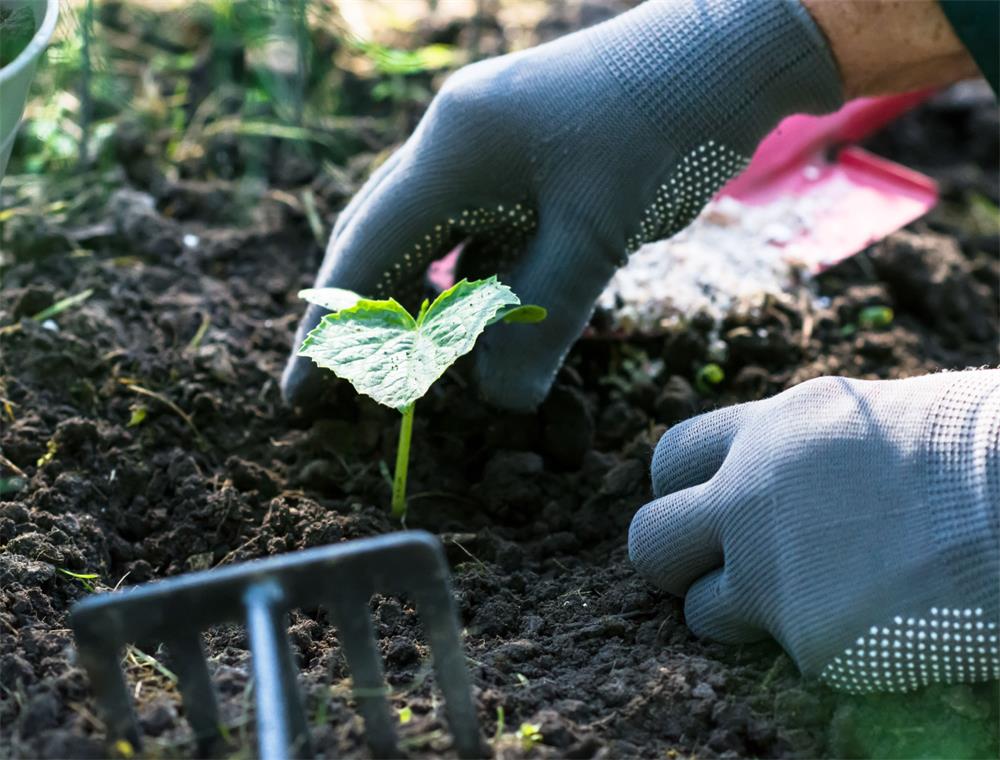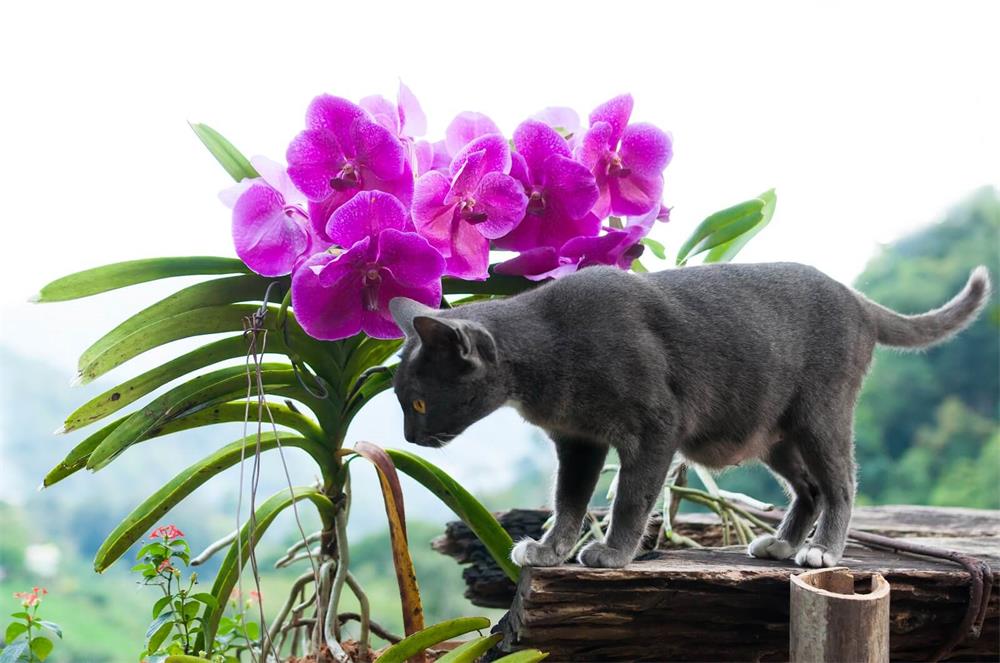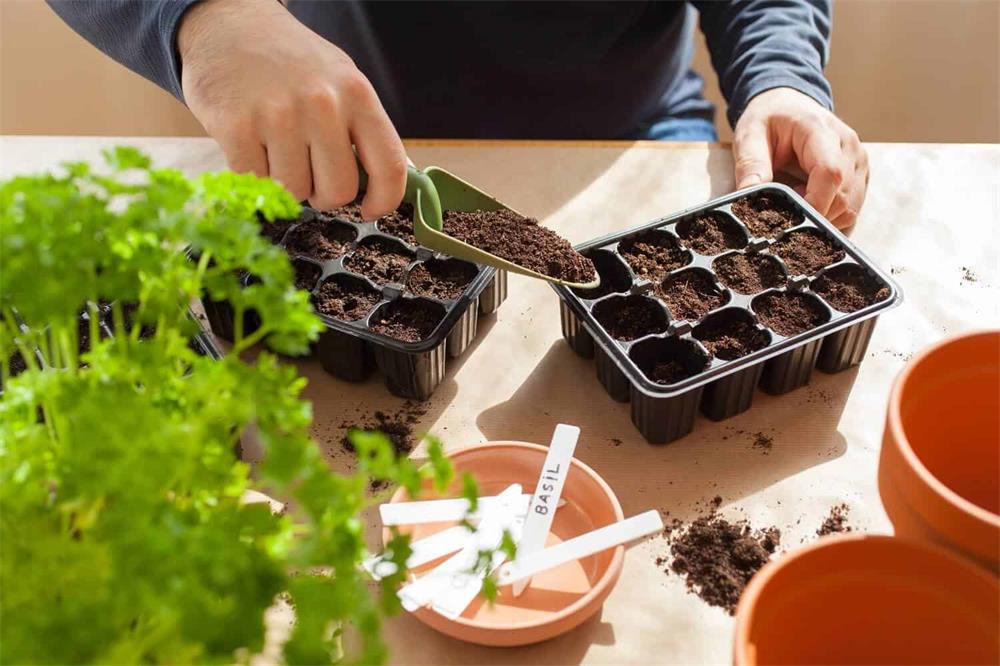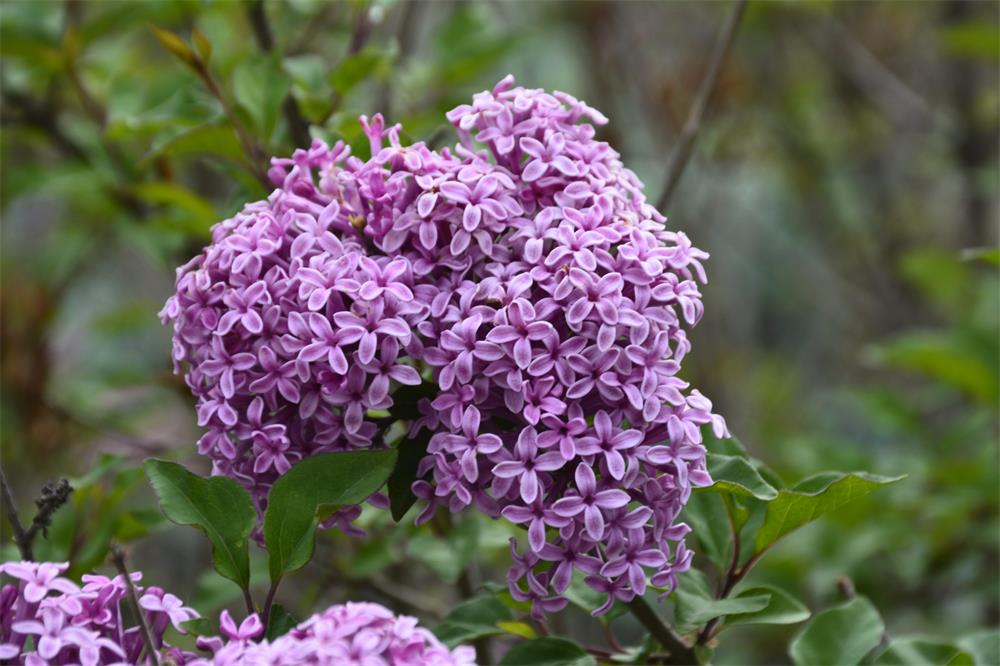
Table of Contents
Bloomerang lilac (Syringa x ‘Penda’) is a hybrid lilac that has a unique feature: it blooms twice a year, once in spring and again in summer and fall. Unlike the common lilac (Syringa vulgaris), which grows into a large shrub, Bloomerang lilac is a compact and bushy plant that reaches 4 to 5 feet tall and wide. It produces clusters of fragrant pink or purple flowers that attract butterflies, bees, and hummingbirds. Bloomerang lilac is a low-maintenance and disease-resistant plant that can add color and scent to your garden, patio, or balcony.
If you love the look and smell of lilacs but wish they would last longer, Bloomerang lilac is the perfect choice for you. Here are some tips on how to grow and care for this reblooming lilac.
Light
Bloomerang lilac needs full sun exposure to produce abundant flowers. It should receive at least six hours of direct sunlight per day. However, it can also adapt to partial shade, especially in hot climates. Avoid planting Bloomerang lilac in full shade, as this will reduce its flowering and make it more susceptible to diseases.
Water
Bloomerang lilac has moderate water needs, but it is very drought-tolerant once established. It can survive on natural rainfall in its native regions, but it may need some supplemental watering during dry spells or in containers. Water Bloomerang lilac deeply and infrequently, allowing the soil to dry out slightly between waterings. Avoid overwatering or soggy soil, as this can cause root rot or fungal diseases.
Soil
Bloomerang lilac is not picky about soil type, as long as it is well-drained. It can grow in poor, rocky, sandy, or clay soils, but it may perform better in soils that are rich in organic matter. Bloomerang lilac prefers a neutral to slightly alkaline soil pH (6.8 to 7.2), but it can adapt to a wide range of pH levels.
Fertilizer
Bloomerang lilac does not need much fertilizer, as it can thrive in low-fertility soils. In fact, too much fertilizer can make Bloomerang lilac grow weak and floppy stems or reduce its flowering. If you want to give Bloomerang lilac a boost of nutrients, you can apply a balanced organic fertilizer or compost in spring before new growth emerges. You can also add some natural amendments like Epsom salt, eggshells, worm castings, compost tea, or alfalfa meal to provide extra minerals and micronutrients.
Pruning
Bloomerang lilac does not require much pruning, except for removing dead or damaged stems and leaves. You can also deadhead the spent flowers to encourage more blooming and prevent self-seeding. However, you may want to leave some seed heads on the plant for winter interest and for feeding birds and wildlife.
Propagating
There are two main ways to propagate Bloomerang lilac: by seeds or by cuttings.
Seeds
You can start Bloomerang lilac seeds indoors about 8 to 10 weeks before the last spring frost date. Sow the seeds in pots filled with moist potting mix and cover them lightly with soil. Place the pots in a warm and bright location and keep the soil moist but not wet. The seeds should germinate in 2 to 4 weeks.
You can also sow Bloomerang lilac seeds directly outdoors about a month before the last spring frost date. Choose a sunny spot with well-drained soil and scatter the seeds on the surface. Press them lightly into the soil but do not cover them. Water them well and keep the soil moist until they sprout.
Cuttings
You can take softwood cuttings from Bloomerang lilac in late spring or early summer when the new growth is still green and flexible. Cut a 4- to 6-inch stem tip with at least three sets of leaves using sharp scissors or pruners. Remove the lower leaves and dip the cut end in rooting hormone powder. Insert the cutting into a pot filled with moist potting mix or sand. Cover the pot with a plastic bag or a glass jar to create a mini greenhouse. Place the pot in a bright but indirect light location and water it regularly. The cutting should root in 4 to 6 weeks.
Growing in Pots
Bloomerang lilac can also be grown in pots or containers, as long as you provide enough space and care for its roots. Growing lilac in pots can be a good option if you have limited garden space, or if you want to enjoy its fragrance on your patio or balcony.
Here are some tips for growing Bloomerang lilac in pots:
- Choose a large pot that is at least 18 inches in diameter and 12 inches deep. Make sure it has drainage holes at the bottom.
- Use a well-drained potting mix that is rich in organic matter. You can also add some sand or perlite to improve drainage.
- Plant your Bloomerang lilac in the pot so that the top of the root ball is level with the soil surface. Do not bury the crown of the plant.
- Place your pot in a sunny location that receives at least six hours of direct sunlight per day. You can also move your pot to a shaded spot during the hottest part of the day in summer.
- Water your potted lilac regularly, keeping the soil moist but not wet. Check the soil with your finger before watering, and water deeply until water drains out of the bottom of the pot.
- Fertilize your potted lilac in spring and after the first bloom with a balanced organic fertilizer or compost. Do not overfertilize, as this can reduce flowering and cause root burn.
- Prune your potted lilac after each bloom cycle to remove dead or damaged stems and flowers. You can also shape your lilac to fit your pot size and desired form.
- Every two to three years, you may need to repot your Bloomerang lilac or trim its roots to prevent it from becoming rootbound. To do this, gently remove the plant from the pot and cut off about one-third of the roots with a sharp knife. You can also divide the plant into smaller sections if you want to propagate more plants. Replant your lilac in fresh potting mix and water well.




